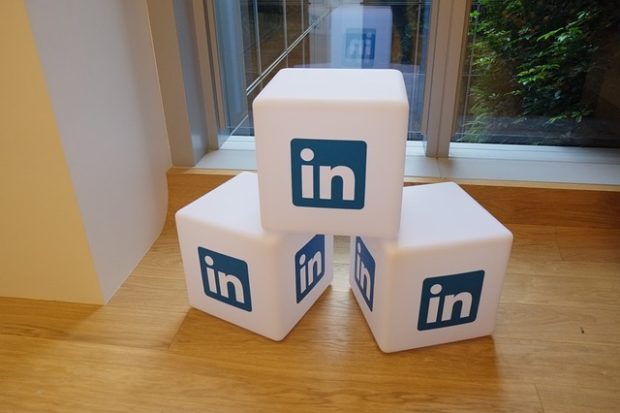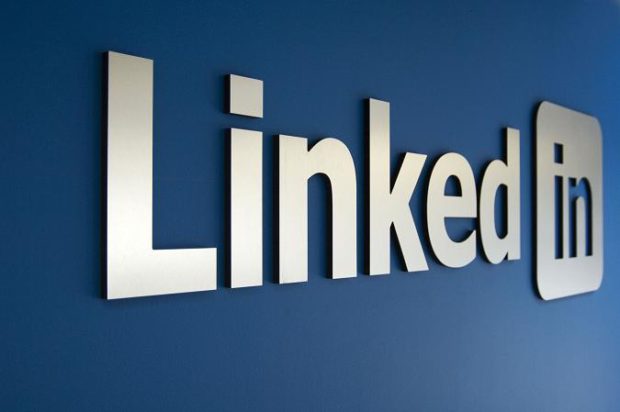Key Differences Between Your Resume and LinkedIn Profile

If there’s one thing that is sure to make me place my head in my hands with despair and exasperation, it’s seeing a LinkedIn profile that is a carbon copy of a resume. Sigh.
LinkedIn may be a complicated beast to tame, but we should all know it is not a place to hang our resume.
Answer Me This: What Is LinkedIn?
I bet you $1M* that you’ve mentioned the term ‘social network’. And you’d be right.
LinkedIn is a social networking service that describes itself as having three key features. It is to:
- Manage your professional identity
- Build and engage with your professional network
- Access knowledge, insights and opportunities
What we’re basically talking about is an online networking platform.
I have another question for you: If you attended a traditional, face to face, networking event, would you spend your ‘pitch’ reading out your resume?
I raise you a further $1M* that the answer is no (and if it’s yes, I’m not sure this relationship is going to work out).
The bottom line is that LinkedIn serves a different purpose and audience. Yes, it is a key feature of your professional brand (just like your resume) but there is a very different strategy you should follow.
Here we’re going to highlight five key aspects of that strategy and how you can create a LinkedIn profile that supports your resume, rather than replicating it.
Tell A Great Story.
The beauty of LinkedIn is that it offers an informal platform on which to talk about your professional identity.
So, shake off the seriousness of your resume and engage with people on a more human level with personality, charm and spark.
When writing your LinkedIn profile summary, think about what makes you different.
Do you have any particular interests or mantras that you work by that add colour to your competencies? A playful analogy can also give you something to be remembered by.
A savvy LinkedIn profile will weave your personality with your key professional offerings and in doing so create a personally meaningful and commercially relevant narrative.
There are 332M professionals on LinkedIn – how are you going to strike a chord with hiring managers?
Think About Your Audience.
Speaking of hiring managers, whilst they are not the only audience members at the LinkedIn show, they are a primary target.
When crafting your story, it can be useful to think about a recruiter’s or hiring manager’s journey through your brand. Chances are, they’ve picked the resume that you sent in for *that* job and it’s aroused their curiosity.
With their detective brain in full gear, they head to their computer to do some online digging – to look at your LinkedIn profile.

Now imagine, that hiring manager finds your profile and opens it with anticipation, only to find a copy and pasted version of your resume.
At interview, you would do anything in your power to avoid a recruiter feeling deflated, disappointed and despondent – so why take this chance when it comes to your online presence?
A recruiter wants to open your LinkedIn profile and feel like they’re peeling back the layers of your professional brand, like they’re interacting with another touch point that gives them a deeper insight into who you are, what you do and how you do it.
The question is, how do you say what you need to say in a way that doesn’t bore or repeat?
One answer is to consider your LinkedIn profile from a higher level. There is no need to go into the nitty gritty of each of your roles, so think instead about the common themes that run through your experience and achievements.
Also think about using your roles to highlight different areas of experience. For example, you may be able to structure each of your roles to talk specifically about competencies such as transformational leadership, change management or performance turnaround.
Flip/Reverse It
In today’s day and age, it’s very possible that a hiring manager will be doing the above process in reverse.
They may have searched LinkedIn for someone like you or have come across your content and then viewed your profile. Our challenge then, is to make a LinkedIn profile that not only engages the reader, but makes them pick up the phone!
Like a lot of people, I browse the airport bookshop by picking up a title, opening it to the front page and reading the first paragraph to see if it ‘grabs’ me.
Recruiters work in the same way, so as well as needing a great narrative that builds the layers of your professional brand, it needs grab the attention of the reader right from the start.
The professional profile on your resume is likely to start something like:
Accomplished sales manager with +20 years’ experience in the financial services sector…
This is a great introduction for your resume as a recruiter wants to know, straight up, your professional standing – first box ticked on the selection criteria.
(If it doesn’t pack the same punch, I suggest you read my guide on how to improve your resume in 30 minutes. And if you’re strapped for time, you can consider using a resume writing service).
But on LinkedIn, a hiring manager already knows what you do – they’ve searched for it! What they want to know now is a bit more about who you are. Here are just a few examples of actual LinkedIn profile opening liners that spiked our attention.
“I’m a real-life anecdote of the dotcom boom…”
“My universal mandate is to help businesses become as commercially competitive as possible…”
“As the digital revolution takes hold, the face of television will continue to change at a rate never seen before in its near 100-year history…”
“We are all driven to make meaningful connections. With our family, friends, life-partners, our entire existence revolves around our innate desire to feel part of something greater…”
“For over 20 years, I have been a part of creating and reviving memories…”
Profile Headline
Just like your resume, your LinkedIn profile gives you the opportunity to create a professional headline. Your resume headline needs to say what you do and your value proposition.
While this is also the case for LinkedIn, you also need to think about any additional key words that will help recruiters find you.

Those of you who subscribe to my weekly newsletter may already be aware of my (very particular) feelings when it comes to LinkedIn profile headlines and for those of you who don’t, let me enlighten you.
LinkedIn headlines are a critical SEO element for LinkedIn’s search algorithm so you need to include the terms recruiters will use to find someone like you. Some great examples include:
- President, APAC Operations | Senior Change Leader | Financial Services
- Commercial Sales Director | IT & Telecommunications | Strategic Growth Specialist – Asian Markets
- Group Financial Controller | Tax & Capital Management Expert | CPA
- Senior Project & Change Leader | Organisational Design & Operating Model Reform
Static Vs Live
This is an important one. Your resume is a static document. Once you’ve sent it to a recruiter or hiring manager is stays on file, as it is, for all time. Whereas LinkedIn is live and organic.
Your LinkedIn feed is an opportunity to put yourself in front of your audience every day and great content that sparks interest, debate or opposition is actually going to demonstrate your professional brand, skills, competencies and thoughts rather than just talking about them.
We talked earlier about your LinkedIn profile being a tool in layering your professional brand and by using all the platform’s features (status updates, blogs, posted articles and media, recommendations) you can stand-out from the crowd in ways that go far beyond the power of a resume.
Recap
- Your LinkedIn needs to tell a great story
- Your LinkedIn profile needs to build on your resume, not repeat it
- Recruiters will follow one of two journeys with your LinkedIn profile. Engage them.
- Think SEO when it comes to your profile headline
- Your LinkedIn profile should evolve. If it’s static, chances are you will be too.
*hypothetically, of course.


